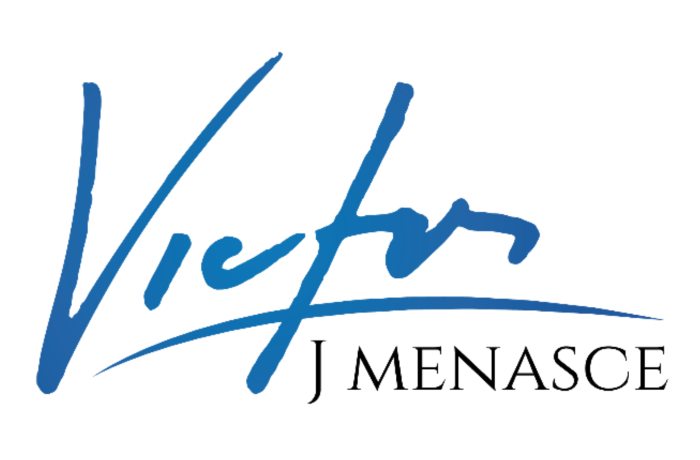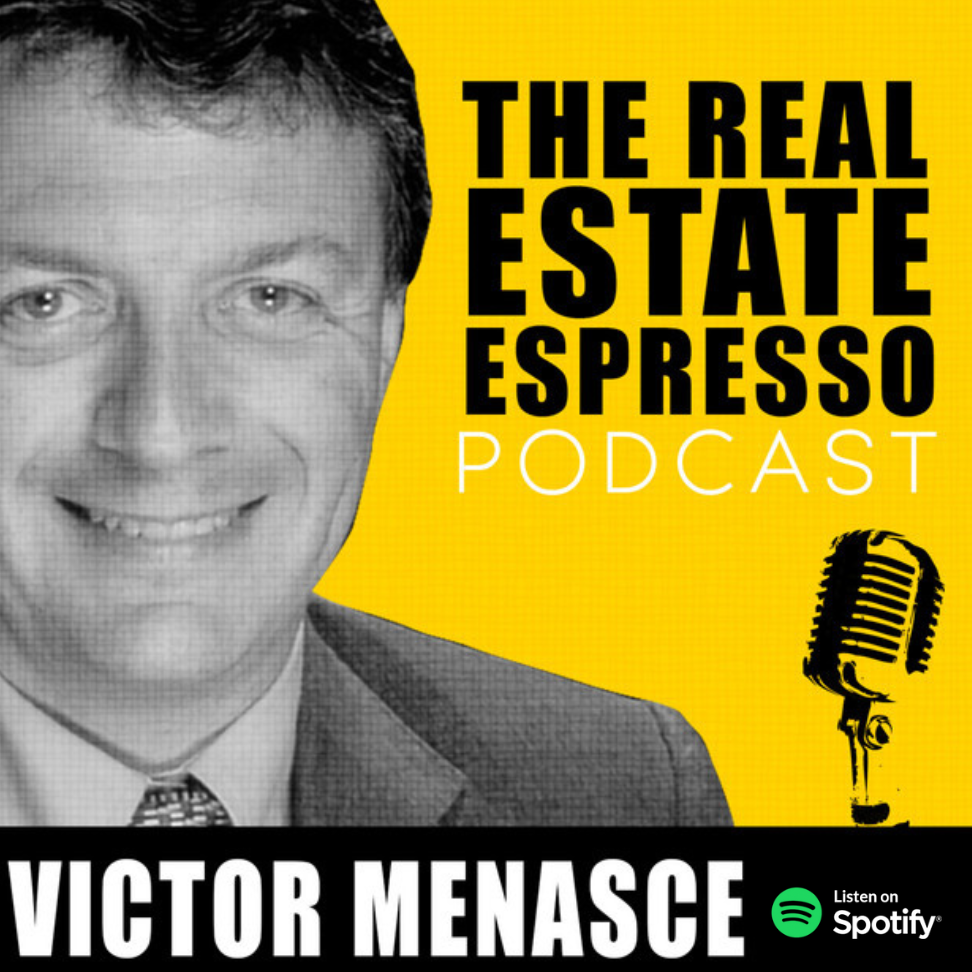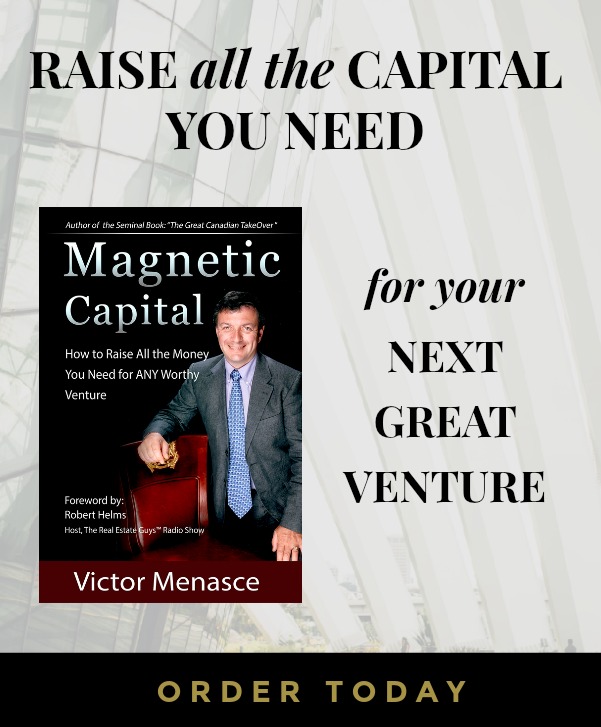The Inconvenience Of The Apple
Welcome to the Real Estate Espresso podcast, your morning shot of what’s new in the world of real estate investing. I’m your host, Victor Menasce.
On today’s show, we’re talking about a city that people love to hate. It’s the grittiest Great City in the world. Of course, I’m talking about New York City, the Big Apple. The density of New York brings a lot of advantages. I love the fact there’s so much at your fingertips. My family lived in Manhattan for many years. Then my parents decided it was not a good place to raise a family. They left New York when my mother was still pregnant with me.
Although I’ve never lived full time in New York, it still feels like home. I can find my way around the city like a native New Yorker. I’ve mastered many of the shortcuts, but there’s a lot of problems with New York. The inconveniences are everywhere. The city is often gridlocked with traffic. Taking the subway is the most efficient way to get around, but this too is slow when you consider the actual distance traveled. If you’re confined to Midtown, Manhattan, there’s tons to love and appreciate. But it is crowded.
Having a car in New York is a major inconvenience. It’s incredibly expensive. Finding a parking lot with spaces is a challenge. And, if you decide to drive to a restaurant for lunch, you might spend more on parking than on your meal. I’m struck by the number of people who are newcomers to New York. When I travel throughout the city, there’s many people speaking English with a foreign accent. The New York accent is very distinctive. I too try to decipher where they’re coming from and how long they’ve been in New York. I hear “six months,” “two years,” “five years.” But I rarely hear “twenty years.”
There’s as many people leaving New York as moving to New York on any given day. Some parts of the city are avoided, in fact, by New York residents. Specifically, I’m thinking of places like Times Square. This area’s overrun by tourists. In some parts of the city, there are large numbers of new construction projects that seem to be forecasting an insatiable appetite for condos and rental units. Brooklyn is home to some major new high-rise projects at eye-watering prices.
Getting reservations at a top-notch restaurant requires booking at least a week, sometimes weeks, in advance. More often than not, to secure a place, your credit card is necessary. I don’t experience that anywhere else. Staying in hotels often requires an extra resort fee of anywhere from $25-$40 a night above the hotel fee. The fixed costs associated with expensive real estate permeate every aspect of life in New York.
There’s a $16 toll paid anytime you cross a bridge or tunnel coming into Manhattan with a vehicle. Now, coming up in January, New York State is going to introduce a Congestion Relief Zone toll. According to the state, the program is going to reduce traffic, improve travel time, foster safer streets and cleaner air, and improve quality of life. It’s basically going to incentivize people to use public transit wherever possible. Drivers will be charged a toll on their E-ZPass once a day when they enter a Congestion Relief Zone. That zone includes streets in Manhattan below 60th Street.
The toll does not apply to certain routes, including FDR Drive on the East River, the West Side Highway along the Hudson River, and the Hugh Carey tunnel connecting to West Street. If you live within the Congestion Relief Zone and qualify as low-income, you can apply for a tax credit. Drivers without an E-ZPass will receive a bill in the mail. The tolls will vary depending upon the vehicle type and time of day. Off-peak hours will have reduced rates. Vehicles without an E-ZPass will pay a 50 percent premium above the regular rate.
If you’re an owner of a store in Manhattan, expect an additional delivery fee. There’s going to be an additional charge of anywhere from $3.60 for off-peak to $21.60, and you can bet the delivery company will pass on that cost to the shopkeeper. And inevitably, the shopkeeper will pass on these extra costs to the consumer. With this new measure in place, the price of everything in New York City is going to increase. For example, last week I visited Costco in Harlem and paid a parking fee of $21 for a 45-minute visit. Whatever savings were to be had by shopping at Costco were offset by the cost of parking.
Many people who describe themselves as New York-based don’t actually live in New York. Our lawyer, for instance, has a small and steadily shrinking office in Manhattan. Most top employees work out of the Long Island office or New Jersey. I have friends in Brooklyn who are moving to Scarsdale. When a trip to the city is necessary, a thirty-minute train ride into Grand Central is the preferred choice, as the train ticket is cheaper than the price of the toll. Just last week, I was walking through Bryant Park in Midtown Manhattan and noticed that pigeons could still fly freely in and out of New York without paying any tolls. But who knows how much longer that will last?
As you think about these realities, have an awesome rest of your day. Go make great things happen. We’ll talk to you again tomorrow.
Stay connected and discover more about my work in real estate by visiting and following me on these platforms:
Real Estate Espresso Podcast:
- 🎧 Spotify: The Real Estate Espresso Podcast
- 🌐 Website: www.victorjm.com
- 💼 LinkedIn: Victor Menasce
- 📺 YouTube: The Real Estate Espresso Podcast
- 📘 Facebook: www.facebook.com/realestateespresso
- 📧 Email: [email protected]
Y Street Capital:
- 🌐 Website: www.ystreetcapital.com
- 📘 Facebook: www.facebook.com/YStreetCapital
- 📸 Instagram: @ystreetcapital



